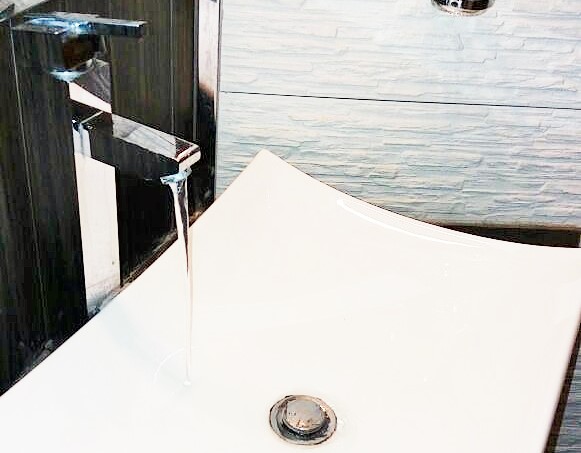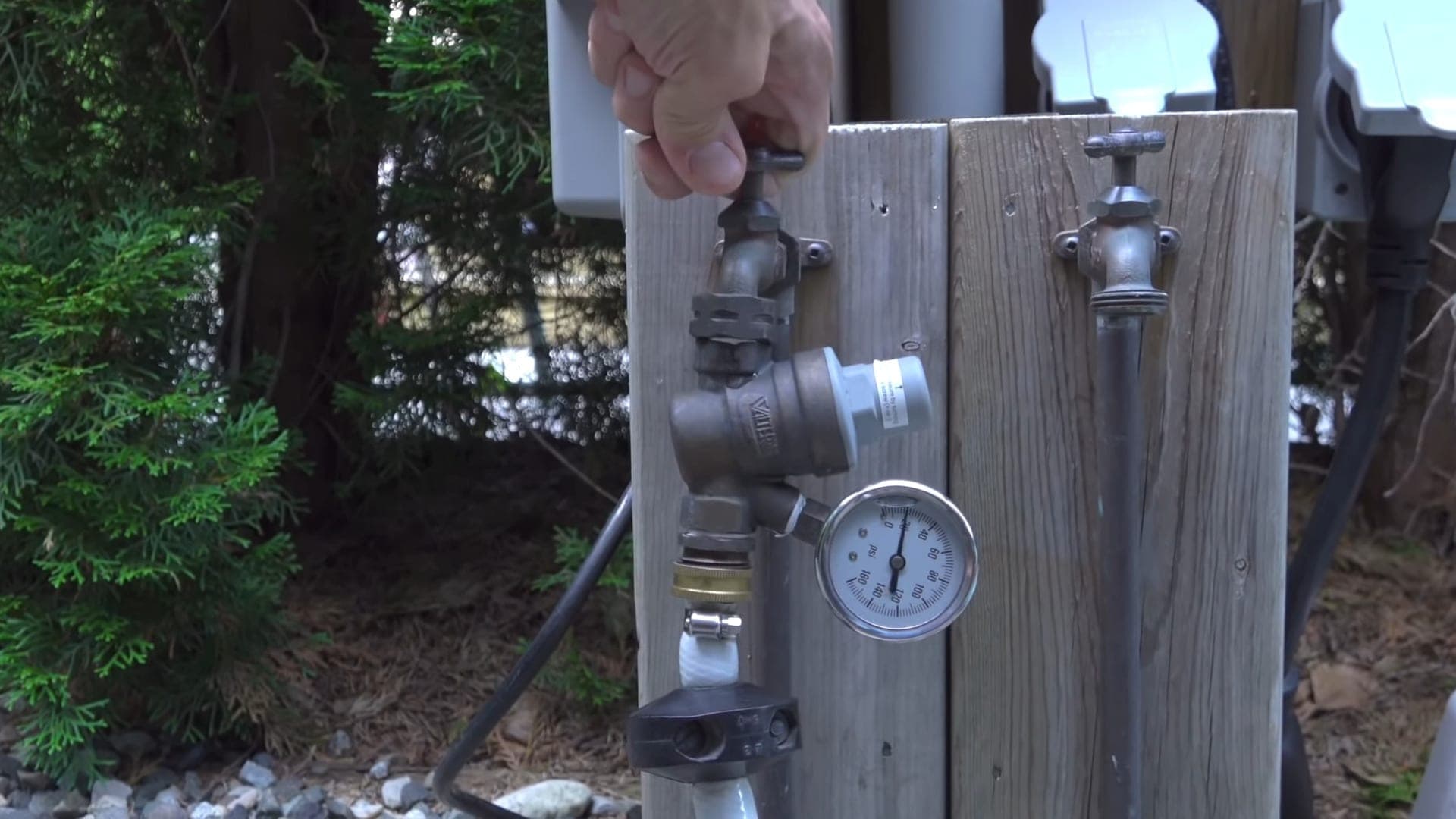Rapid Methods for Limited Water Pressure in Your Home
Rapid Methods for Limited Water Pressure in Your Home
Blog Article
Presented here down the page you can locate more amazing insight relating to 9 Reasons for Low Water Pressure in Your House.

Low tide stress in your home can be a frustrating trouble, impacting everything from showering to washing recipes. If you're experiencing weak water flow, there are several feasible reasons and remedies to discover. In this overview, we'll discuss usual factors for low water pressure and useful actions to attend to the issue efficiently.
Introduction to Low Tide Pressure
Low tide pressure happens when the circulation of water from your taps, showers, and other components is weak than common. This can make daily tasks more challenging and much less effective. Comprehending the causes of low tide pressure is crucial to discovering the best solution.
Usual Causes of Low Tide Pressure
Pipe Obstructions
In time, pipes can become obstructed with mineral deposits, debris, or particles, limiting the flow of water. This is an usual issue in older homes with galvanized steel pipelines.
Rust
Deterioration within pipes can bring about leaks and lowered water pressure. Rust build-up can constrict water flow, particularly in aging plumbing systems.
Faulty Stress Regulatory Authorities
Stress regulators are accountable for keeping consistent water pressure in your home. If they malfunction, it can result in low water stress or uneven flow throughout the house.
Metropolitan Water Supply Issues
In some cases, the issue exists outside your home. Municipal supply of water issues, such as main line leakages or maintenance job, can temporarily lower water stress in your area.
Exactly How to Identify Low Tide Pressure
Checking Taps and Components
Start by evaluating the water pressure at various faucets and fixtures throughout your home. If the issue is separated to details locations, it may indicate local problems.
Evaluating Pipelines
Examine noticeable pipes for indicators of leaks, rust, or blockages. Take note of any type of unusual audios, such as knocking or rattling pipes, which can show concerns within the plumbing system.
Consulting with a Plumber
If you're not able to determine the root cause of low tide stress, consider employing a professional plumber to conduct a detailed examination. They can recognize underlying concerns and suggest proper solutions.
Do It Yourself Solutions to Fix Low Water Stress
Cleaning Up Aerators and Showerheads
Mineral deposits can accumulate in aerators and showerheads, reducing water flow. Get rid of and clean up these components routinely to boost water stress.
Flushing Water Heater
Sediment accumulation in the hot water heater can restrict flow and minimize performance. Flushing the tank occasionally aids get rid of debris and maintain optimum performance.
Examining Stress Regulator
Ensure that the stress regulator is functioning properly. Readjusting or changing the regulator can aid restore appropriate water pressure throughout your home.
Cleaning Clogs in Pipeline
For minor obstructions, attempt using a plumbing snake or chemical drain cleaner to clear blockages in pipelines. Be cautious when utilizing chemicals and follow safety and security standards.
When to Call a Specialist Plumber
If do it yourself initiatives fail to resolve the concern or if you presume considerable plumbing problems, it's ideal to seek assistance from a certified plumber. They have the knowledge and tools to address intricate concerns safely and properly.
Preventive Measures to Preserve Water Pressure
Regular Upkeep
Set up regular upkeep for your plumbing system to avoid problems such as rust, leakages, and blockages. Attending to minor problems early can aid stay clear of even more significant repair services later.
Mounting a Stress Booster
Take into consideration mounting a pressure booster pump to enhance water pressure in areas with constantly reduced circulation. This can be especially valuable for multi-story homes or residential or commercial properties with high-demand fixtures.
Surveillance Water Usage
Bear in mind water use practices and prevent overtaxing the plumbing system. Simple adjustments, such as staggering showers and washing lots, can assist keep appropriate water stress.
Conclusion
Taking care of low tide stress can be irritating, however determining the underlying causes and carrying out suitable remedies can restore ideal circulation throughout your home. Whether it's cleansing aerators, inspecting pipelines, or speaking with a plumber, taking aggressive steps can ensure a consistent supply of water for your day-to-day needs.
How to Fix Low Water Pressure In Your Home
Municipal Water Supply Issues
Scheduled maintenance, high demand, and water main breaks are all potential causes for low water pressure within a city or county’s water lines. While there’s not much you can do to personally fix a problem with your city or county’s water supply system, you can play a big role in documenting the issue and alerting those who can.
How to fix it:
Ask your neighbors if they are experiencing any issues with low water pressure. If multiple homes are affected, it’s likely related to the city’s water line.
Contact the local Water Authority to see if there is any maintenance taking place that might be affecting your supply. Also let them know of your specific issues. If other homeowners report the same issues, they’ll know that there could be a larger issue to look into.
Faulty Fixtures
A damaged or clogged shower head, faucet or appliance is the first thing we’d suggest checking, especially if low water pressure appears to be isolated to a specific area of your home.
How to fix it:
First, turn off the main water supply to your home.
Check the affected appliances for build-up or debris. In the case of a faucet, you can simply unscrew the aerator at the tip of the faucet. Showerheads should be fully detached from the water pipe.
While the appliances are detached, you may want to check the water supply to determine if the fixtures were in fact the issue.
To clean, soak the showerhead or aerator in vinegar and brush off any visible debris.
Reattach the fixtures and check the water pressure again. If it is still low, there is likely a deeper issue at hand, which can be determined by a professional plumber.
Pipe Obstructions
Mineral deposits, rust or other debris within water pipes can lead to blockages or corrosion over time.
How to fix it:
When you think of a clog, you probably think of a drain clog. While there are many DIY solutions to clearing a drain, clogs in a water pipe will almost always require the help of a professional plumber. A plumber will be able to locate the affected pipe and clean out any debris or mineral deposit buildup. In severe cases, the pipe may need to be replaced. Your plumber might also recommend a water softening system to remove the minerals from your home’s water supply that can contribute to pipe blockages over time.
Plumbing Leak
Undetected water line leaks can divert water away from your residential pipes, reducing the water pressure in your fixtures.
How to fix it:
Check your water meter by turning off all water sources and monitoring the meter for any movement, which could be a clear indicator of a potential leak.
Check all visible pipes for signs of leaking, including water stains, active dripping or damp spots around the pipe.
Inspect fixtures, including faucets and showerheads, for any drips.
Test the pressure but recording the pressure with the main water valve shut off. Leave off for a few hours and test again. A significant drop in pressure is a clear sign of a leak.
https://kiddcoplumbing.com/plumbing-blog/how-to-fix-low-water-pressure/

How to Fix Low Water Pressure In Your Home
Municipal Water Supply Issues
Scheduled maintenance, high demand, and water main breaks are all potential causes for low water pressure within a city or county’s water lines. While there’s not much you can do to personally fix a problem with your city or county’s water supply system, you can play a big role in documenting the issue and alerting those who can.
How to fix it:
Faulty Fixtures
A damaged or clogged shower head, faucet or appliance is the first thing we’d suggest checking, especially if low water pressure appears to be isolated to a specific area of your home.
How to fix it:
Pipe Obstructions
Mineral deposits, rust or other debris within water pipes can lead to blockages or corrosion over time.
How to fix it:
When you think of a clog, you probably think of a drain clog. While there are many DIY solutions to clearing a drain, clogs in a water pipe will almost always require the help of a professional plumber. A plumber will be able to locate the affected pipe and clean out any debris or mineral deposit buildup. In severe cases, the pipe may need to be replaced. Your plumber might also recommend a water softening system to remove the minerals from your home’s water supply that can contribute to pipe blockages over time.
Plumbing Leak
Undetected water line leaks can divert water away from your residential pipes, reducing the water pressure in your fixtures.
How to fix it:
https://kiddcoplumbing.com/plumbing-blog/how-to-fix-low-water-pressure/
Hopefully you enjoyed reading our topic about 4 Ways to Troubleshoot Low Water Pressure. Many thanks for taking the time to read through our article post. Kindly pause to distribute this write-up if you liked it. We truly appreciate reading our article about Dealing with Low Water Pressure in Your Home.
Call Report this page